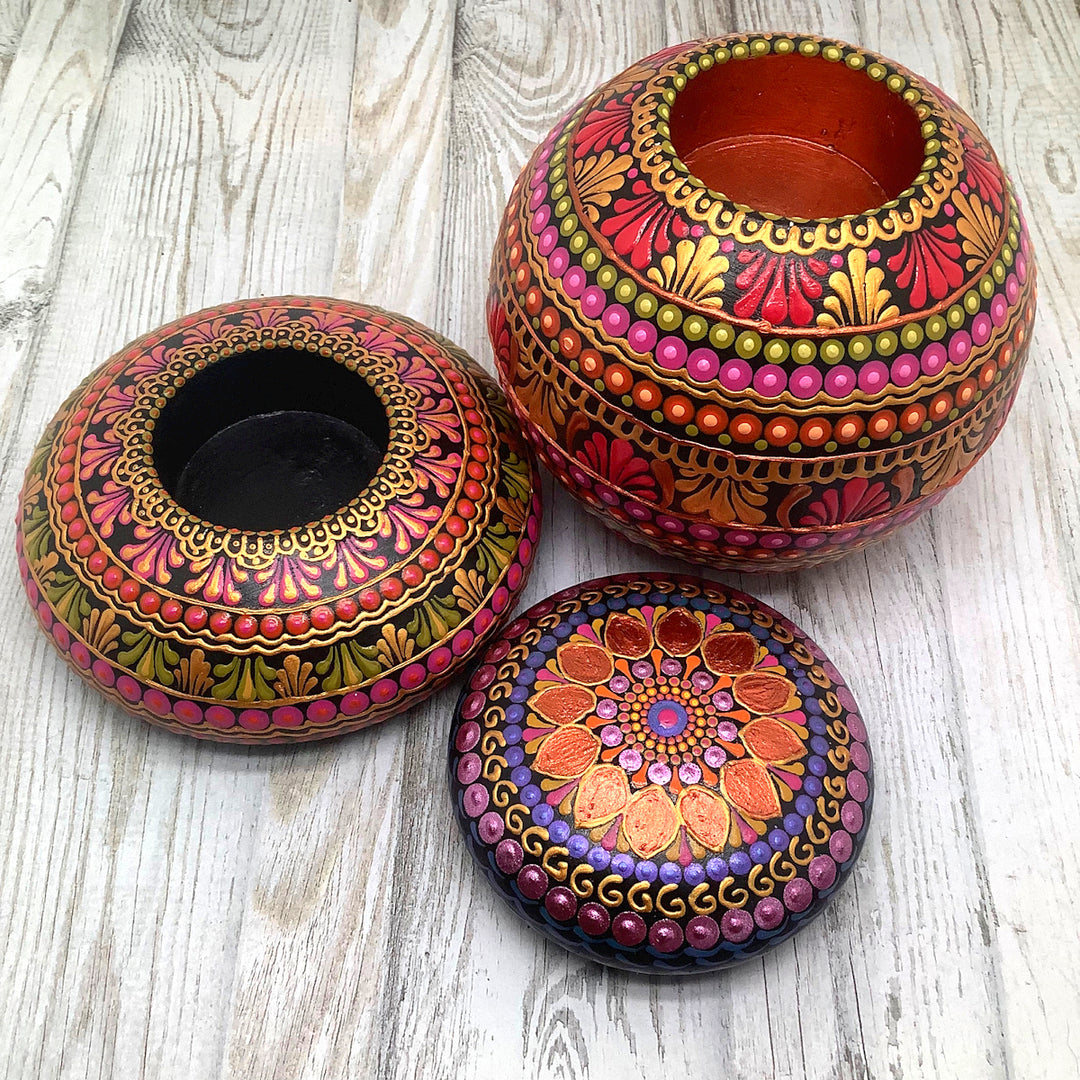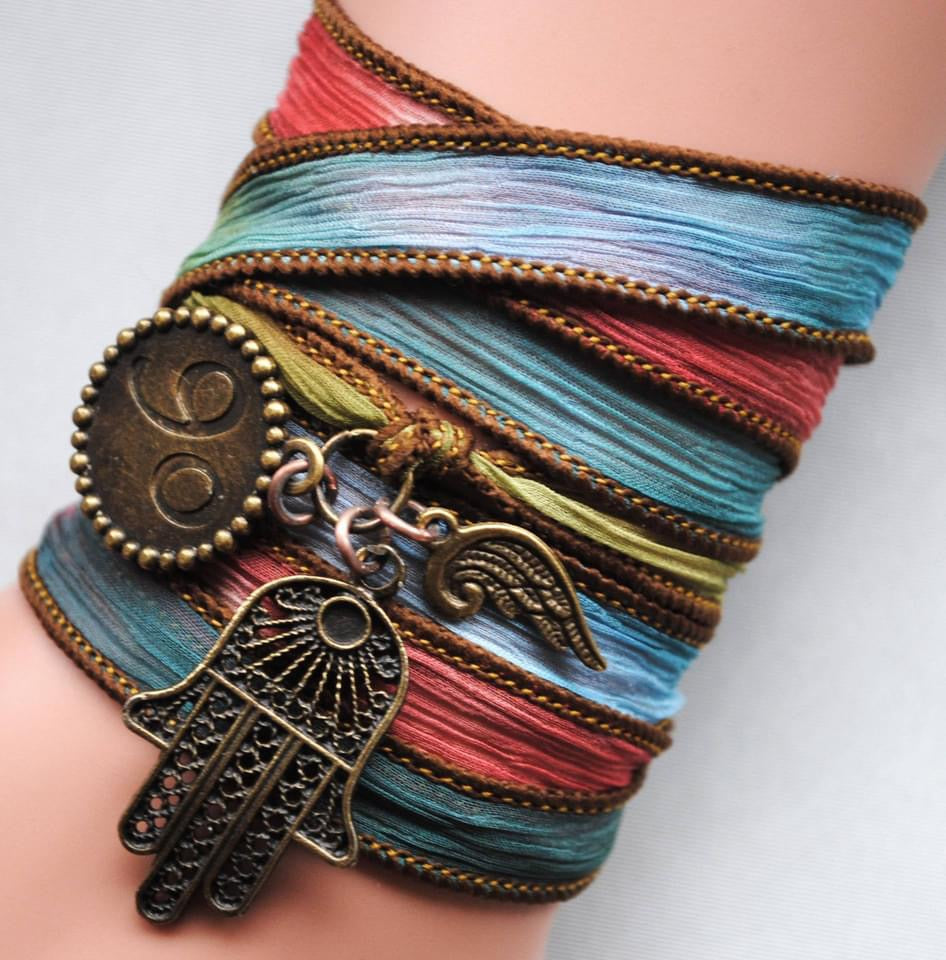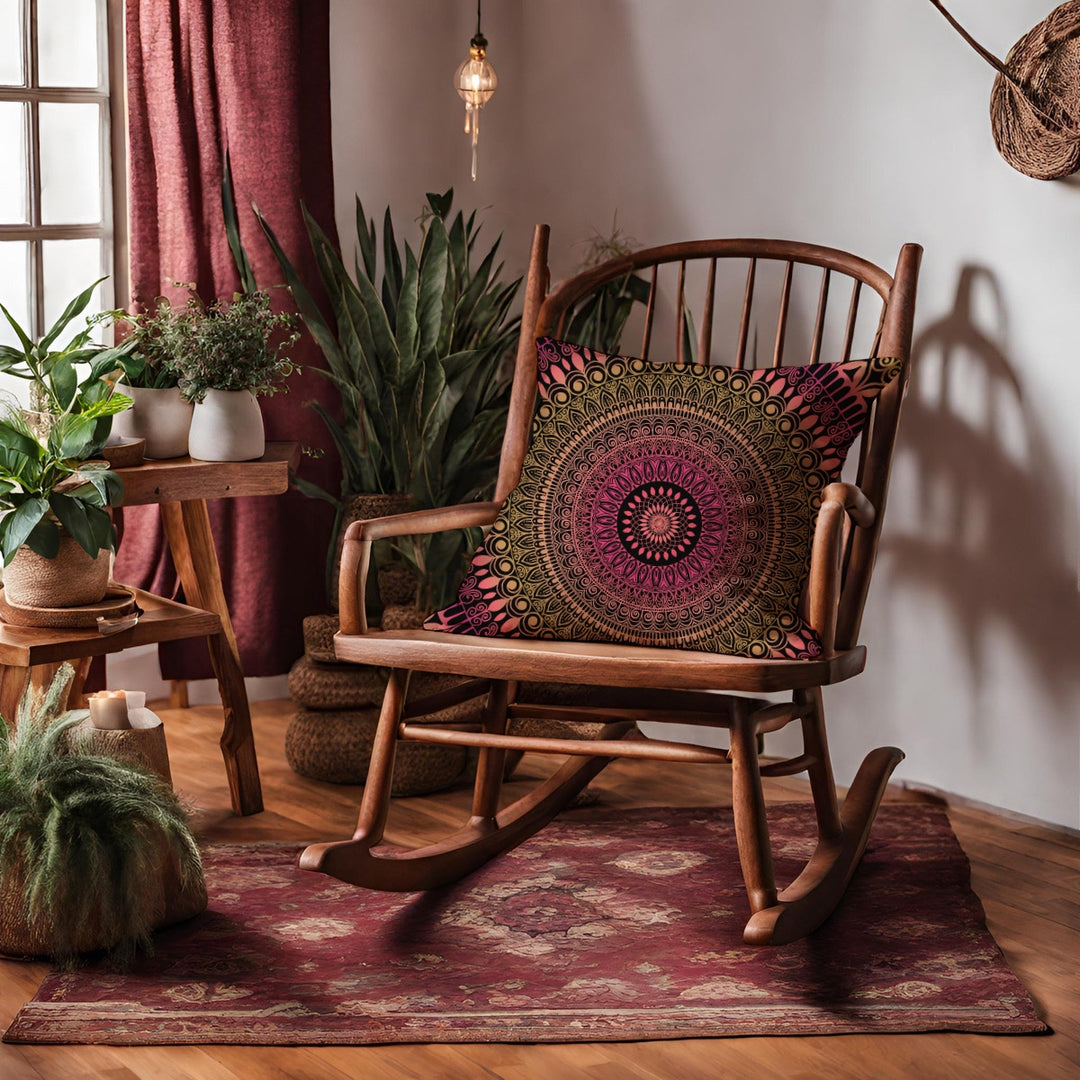What is Barkcloth? (And Why It's So Special)
Imagine this: a natural fabric made not from threads or yarn, but from the inner bark of a tree. Sounds wild, right? Welcome to the world of Ugandan barkcloth – one of the oldest known textiles in the world, and still made entirely by hand today.
Barkcloth comes from the Mutuba tree (Ficus natalensis), a native Ugandan tree that generously regrows its bark after harvest. Once a year, skilled artisans carefully strip the bark (without harming the tree), then begin the transformation: the bark is soaked, dried, and hammered for hours with wooden tools until it becomes a sheet of textile.
Now let’s talk texture. Barkcloth doesn’t feel like your average fabric. It’s not soft like cotton or silky like satin. It has a firm, slightly rough texture, a bit like thick handmade paper – raw, earthy, and full of character. It carries the touch of nature, the sound of craftsmanship, and the spirit of tradition.
In Uganda, barkcloth is more than a material. It’s a cultural symbol, used for generations in spiritual rituals, royal garments, and community ceremonies. It’s recognized by UNESCO as part of humanity’s intangible heritage.
Today, barkcloth is being rediscovered – by eco-conscious designers, ethical shoppers, and creatives who love its authentic story and sustainable roots. It’s biodegradable, renewable, and made without any chemicals. Just bark, water, sun, and skilled hands.

So when you hold a piece of barkcloth, you’re not just touching a textile – you’re holding a living piece of Ugandan heritage.



